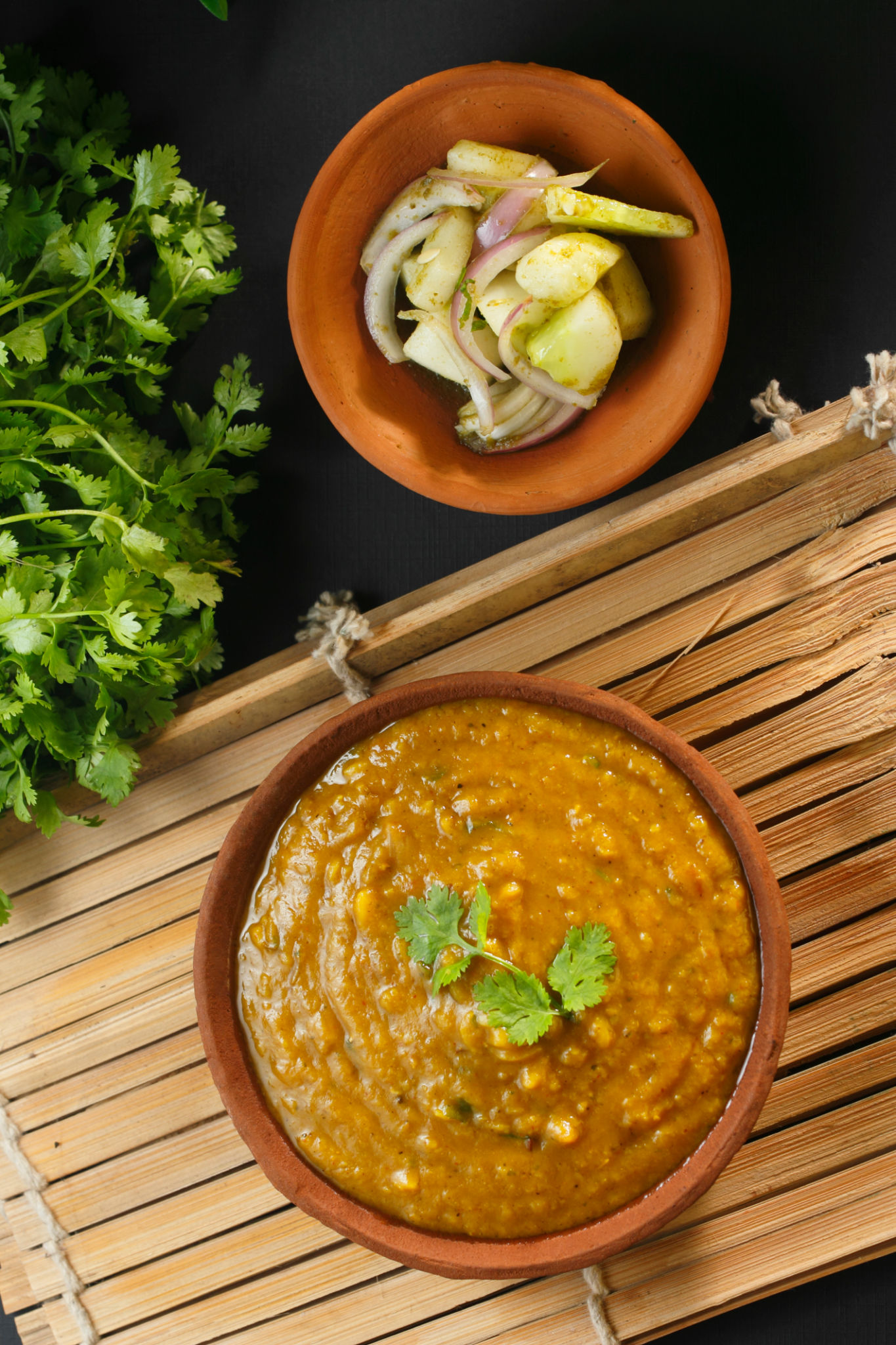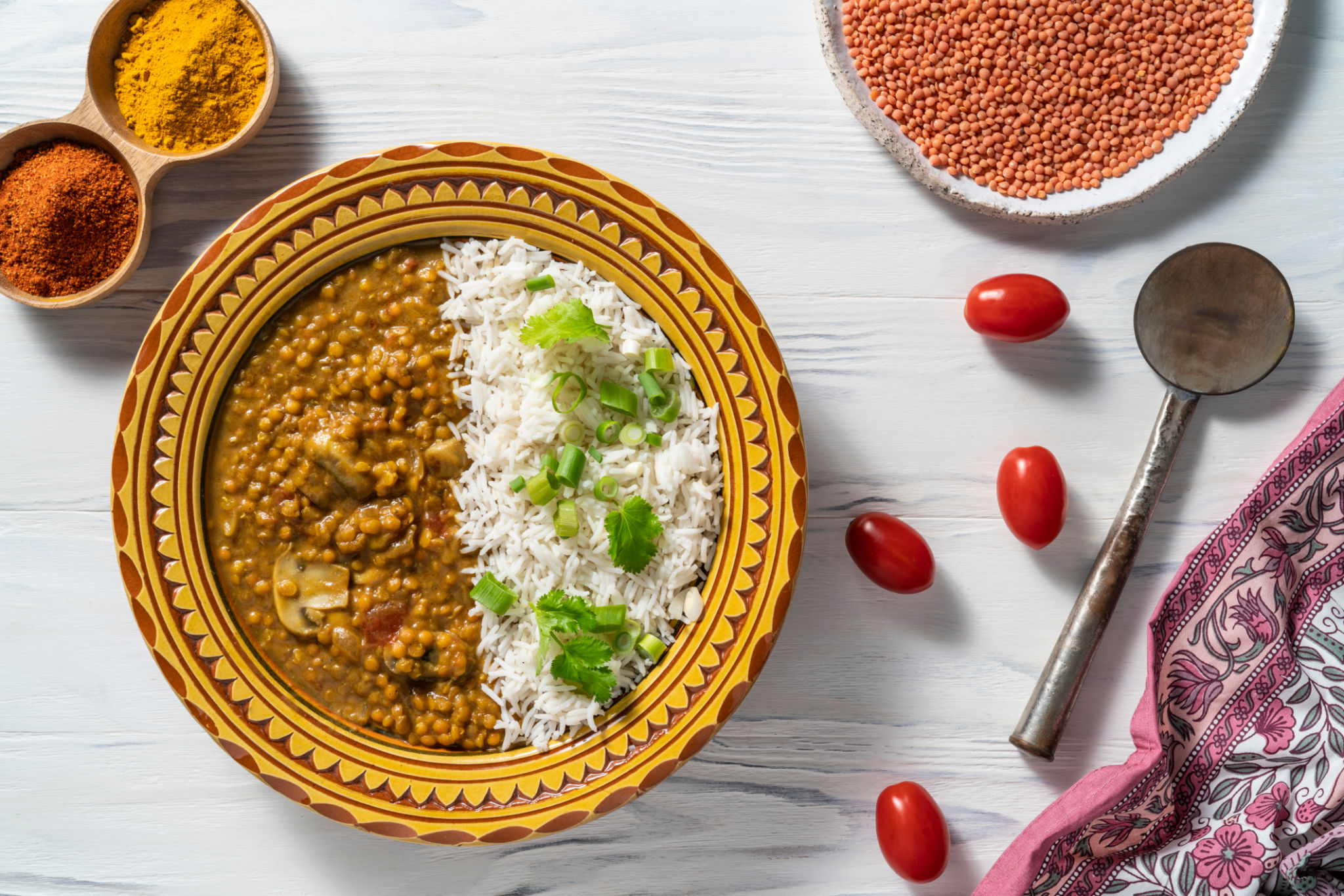Local Diet Tips for Managing Diabetes: Indian Cuisine Focus
BH
Understanding Diabetes and Diet
Diabetes is a chronic condition that affects millions worldwide, and managing it effectively requires attention to diet. For those who enjoy Indian cuisine, incorporating diabetes-friendly foods into your meals can be both delicious and beneficial. With a focus on low glycemic index foods and balanced nutrition, Indian cuisine offers a variety of options for managing diabetes.
The glycemic index (GI) is a key factor to consider when planning meals. It measures how quickly foods raise blood sugar levels. Foods with a low GI are ideal for diabetics as they help maintain steady blood sugar levels. Fortunately, many staples in Indian cuisine fall into this category.

Embrace Whole Grains
Whole grains are an essential component of a diabetes-friendly diet. Instead of refined grains, opt for whole grains such as brown rice, quinoa, and millet. These grains are rich in fiber, which helps regulate blood sugar levels and keeps you full longer.
Incorporating whole grains into traditional Indian dishes is simple. Use brown rice for biryanis or pulao, and experiment with millet-based rotis or dosas. These alternatives not only enhance the nutritional value of your meals but also provide a delightful texture and flavor.
Legumes and Lentils: Powerhouses of Nutrition
Legumes and lentils are another excellent choice for managing diabetes. They are low in GI and packed with protein and fiber. Lentils like masoor dal, moong dal, and chana dal can be used to prepare a variety of dishes that are both satisfying and healthy.
Consider making a hearty lentil soup or a flavorful dal curry. These dishes are not only comforting but also aid in controlling blood sugar levels. Additionally, legumes can be a great substitute for meat in many recipes, providing plant-based protein.

Vegetables: A Colorful Plate
Vegetables should be a significant part of any diabetes management plan. Rich in vitamins, minerals, and antioxidants, they can be enjoyed in abundance. Opt for non-starchy vegetables like spinach, broccoli, and cauliflower, which have minimal impact on blood sugar levels.
Indian cuisine offers numerous ways to incorporate these vegetables into your diet. From mixed vegetable curries to light stir-fries, the possibilities are endless. Don't shy away from adding herbs and spices like turmeric and cumin, which have added health benefits.
Spices with Benefits
Spices play a crucial role in Indian cooking and can contribute to diabetes management. Turmeric, for instance, contains curcumin, which has anti-inflammatory properties. Cinnamon is known to improve insulin sensitivity and lower blood sugar levels.
Incorporating these spices into your meals can enhance flavor while offering health benefits. Try adding a pinch of cinnamon to your morning tea or sprinkling turmeric into soups and stews for an added boost.

Mindful Eating Practices
Beyond food choices, adopting mindful eating practices can significantly impact diabetes management. Eating slowly and savoring each bite helps in recognizing hunger cues and prevents overeating. Paying attention to portion sizes is equally important, as it aids in maintaining steady blood sugar levels.
A balanced plate should include a mix of carbohydrates, proteins, and healthy fats. This combination ensures sustained energy throughout the day while keeping blood sugar levels in check.
Conclusion: A Healthy Approach to Indian Cuisine
Managing diabetes doesn't mean giving up on the rich flavors of Indian cuisine. By choosing low GI foods, embracing whole grains, and incorporating plenty of vegetables and spices, you can enjoy delicious meals that support your health goals. Remember to practice mindful eating habits and make sustainable choices that align with your lifestyle.
With these tips in mind, you can relish the vibrant tastes of Indian dishes while keeping diabetes under control. Bon appétit!